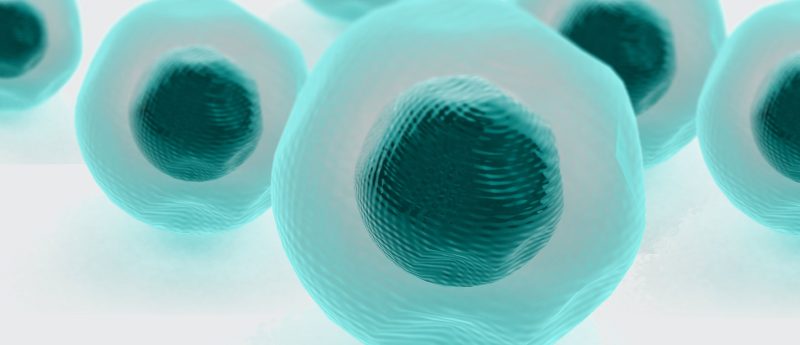Researchers find novel strategy to repair the urethra with bone marrow stem cells

In a new study carried out at Ann & Robert H. Lurie Children’s Hospital, scientists find an effective way to effectively correct hypospadadias
A new study by scientists at Ann & Robert H. Lurie Children’s Hospital of Chicago (IL, USA) describes potential new strategy that may be utilized to correct hypospadias, a birth defect which occurs when boys are born with a urinary opening on the underside of the penis. Current treatment involves surgical reconstruction and is associated with multiple complications. The study was recently published in Scientific Reports.
Hypospadias are found in up to one in every 200 boys and treatment currently involves surgical reconstruction with a graft using tissue taken from the inside of a child’s cheek.
Using an animal model, scientists have demonstrated that it can be feasible and effective to use a graft made from an individual’s own bone marrow stem cells. These stem cells were seeded onto a novel synthetic scaffold that is nontoxic, biodegradable and able to stretch and contract. The resulting graft aided in the regeneration of the damaged tissue on multiple biological levels.
“Using two unique populations of stem cells derived from the bone marrow, we were able to temper the inflammatory response and avoid scar tissue,” explained Arun Sharma, senior author and Director of Pediatric Urological Regenerative Medicine/Surgical Research, Stanley Manne Children’s Research Institute at Ann & Robert H. Lurie Children’s Hospital of Chicago. “We also saw that new blood vessels were sprouting after the graft, which is important for tissue healing and growth.”
“One of the most exciting findings in this study is that the use of an individual’s stem cells can decrease the scarring seen after surgery, suggesting that these cells can actually contribute to the ultimate success and outcomes of surgery,” commented Joceline Liu, first author and Urology Resident, Northwestern Memorial Hospital.
The innovative use of these stem cell populations and scaffold material to repair the urethra is based on Sharma’s previous studies in bladder tissue regeneration.
“With this approach, a child would no longer need to suffer from complications of the current treatment for hypospadias,” stated Sharma. “Before we can use it in children, however, we will need to conduct more studies in animal models, followed by future clinical trials. The findings of this study lay a promising foundation for continued research.”
Sources:
Liu JS, Bury MI, Fuller NJ et al. Bone Marrow Stem/Progenitor Cells Attenuate the Inflammatory Milieu Following Substitution Urethroplasty. Scientific Reports, doi:10.1038/srep35638 (2016); www.luriechildrens.org/en-us/news-events/Pages/rep…